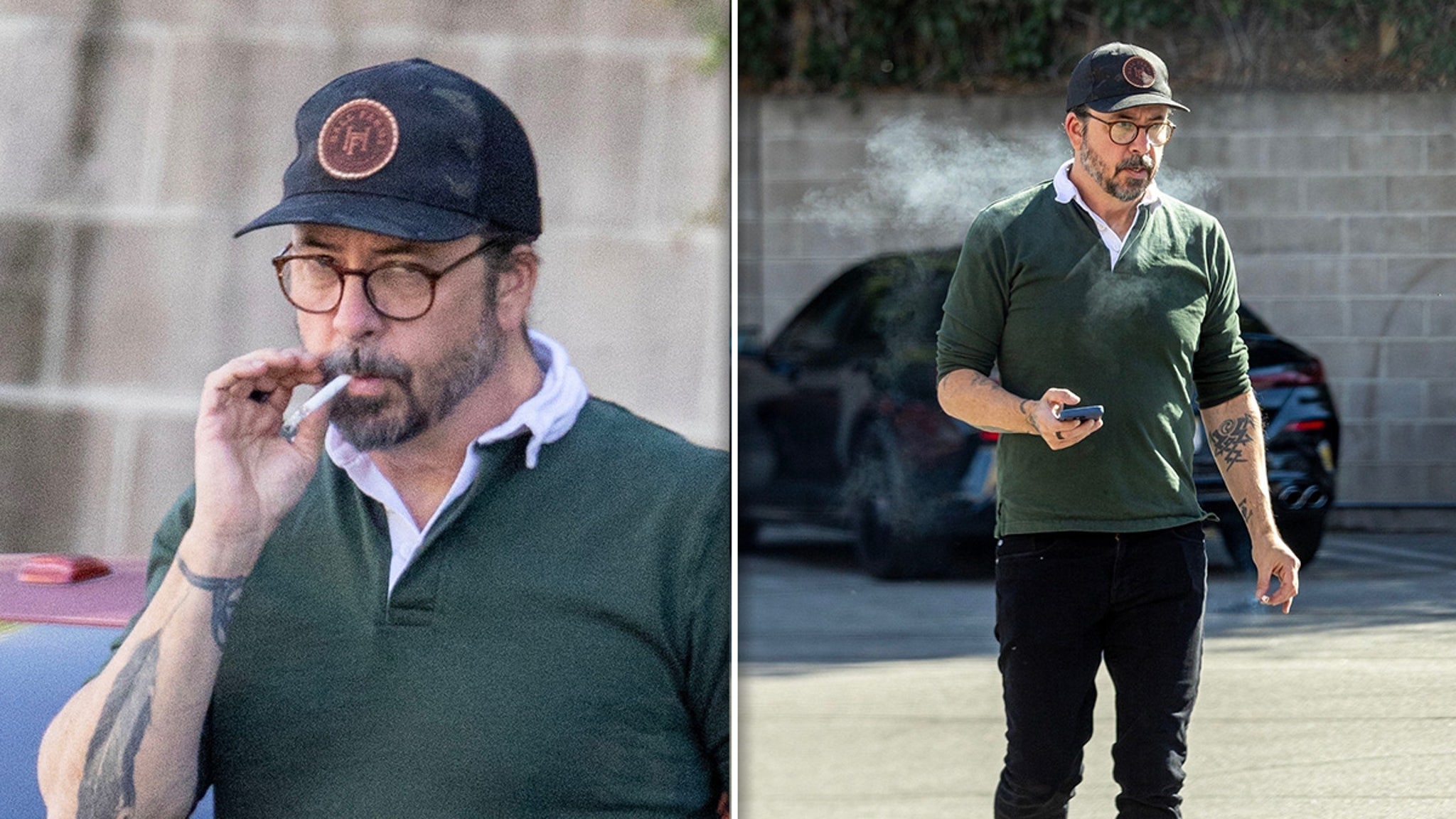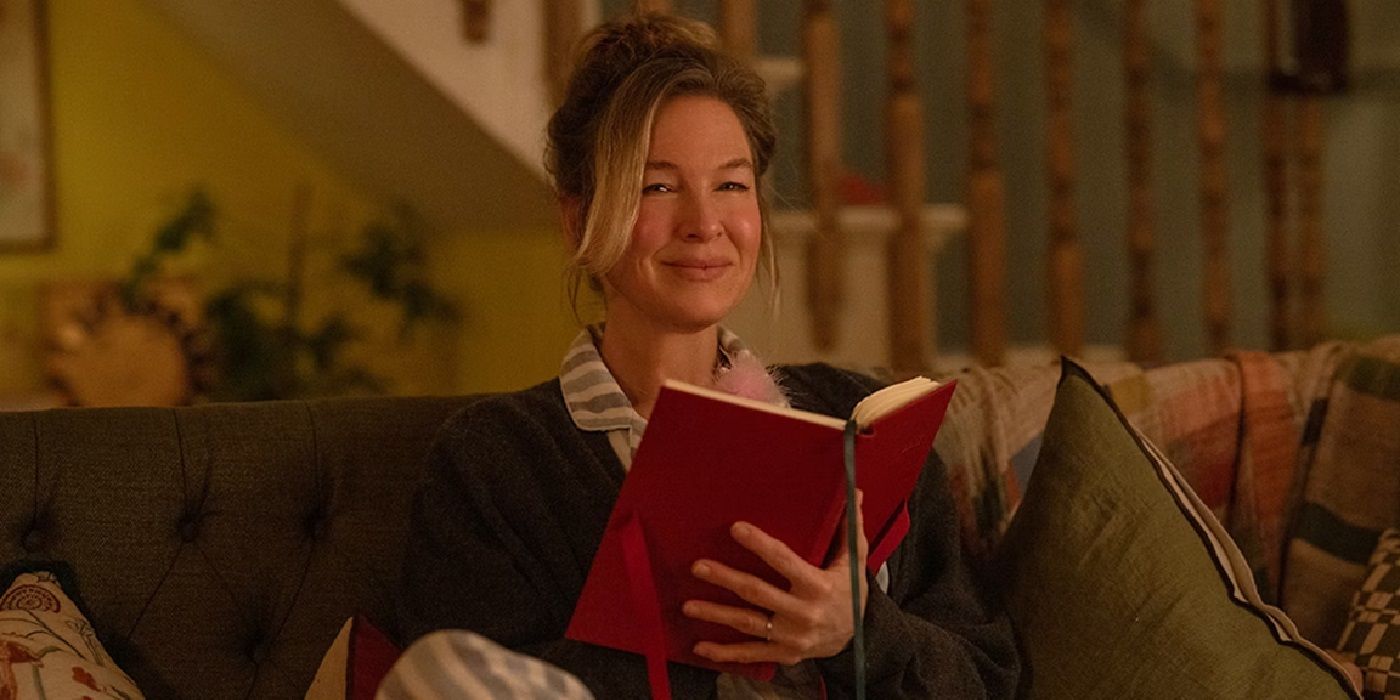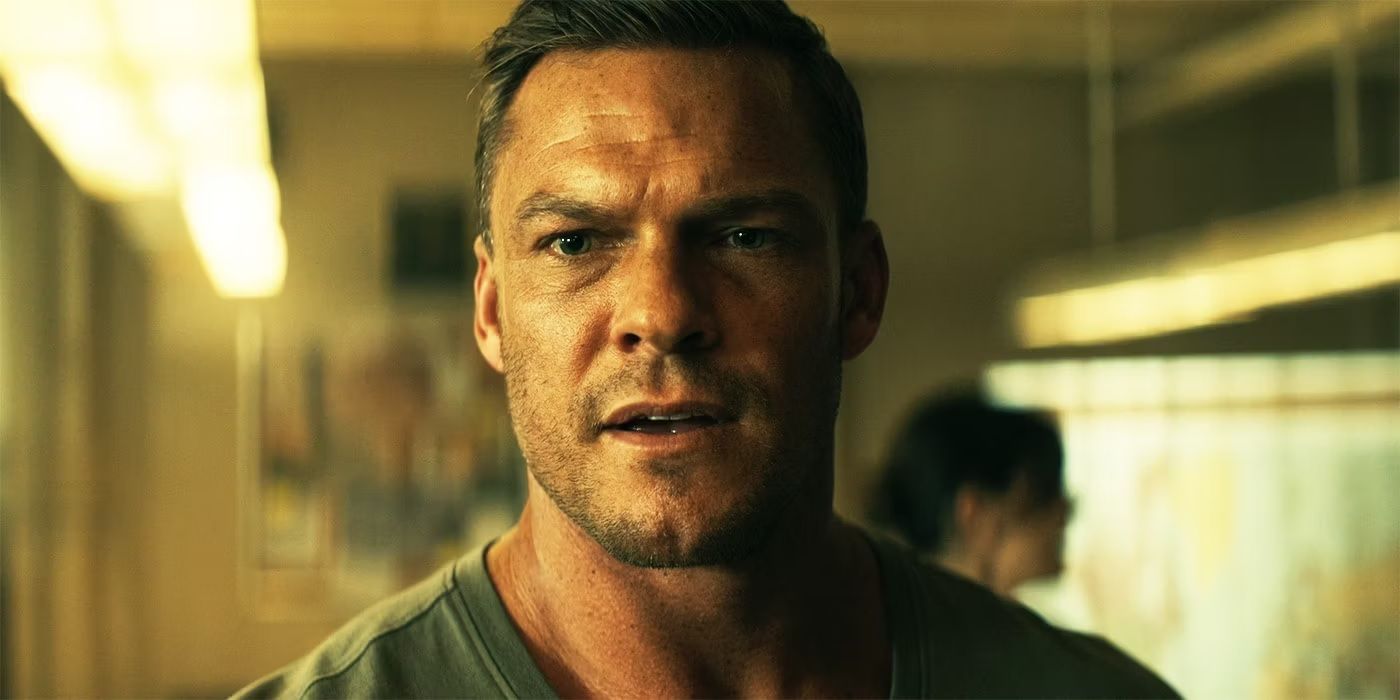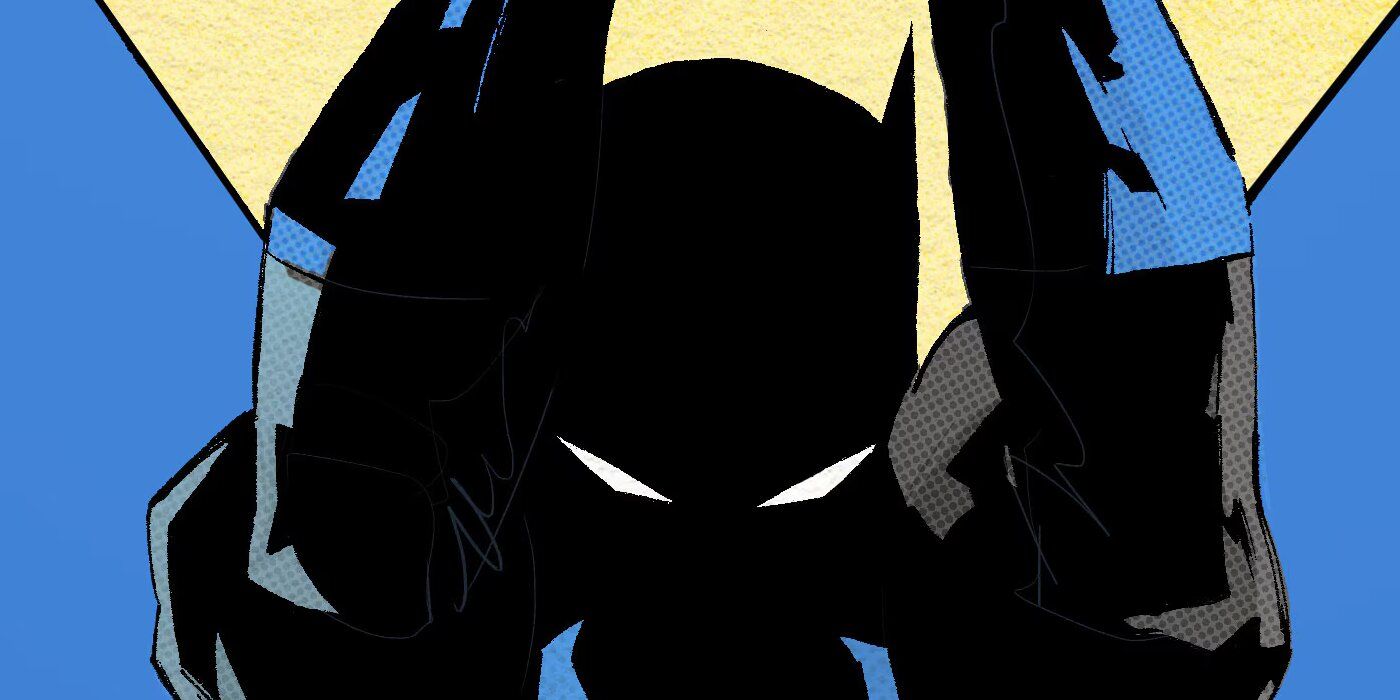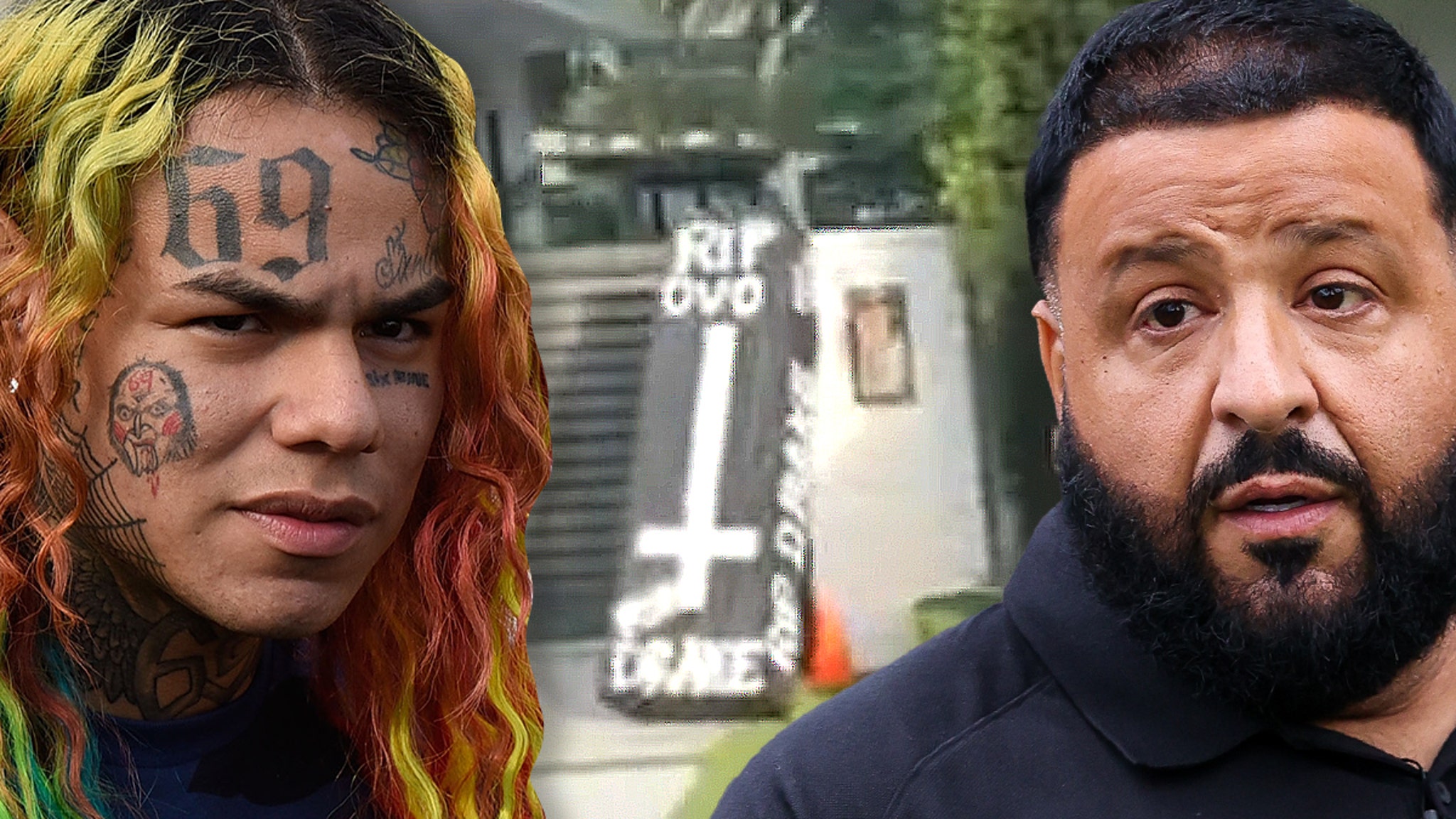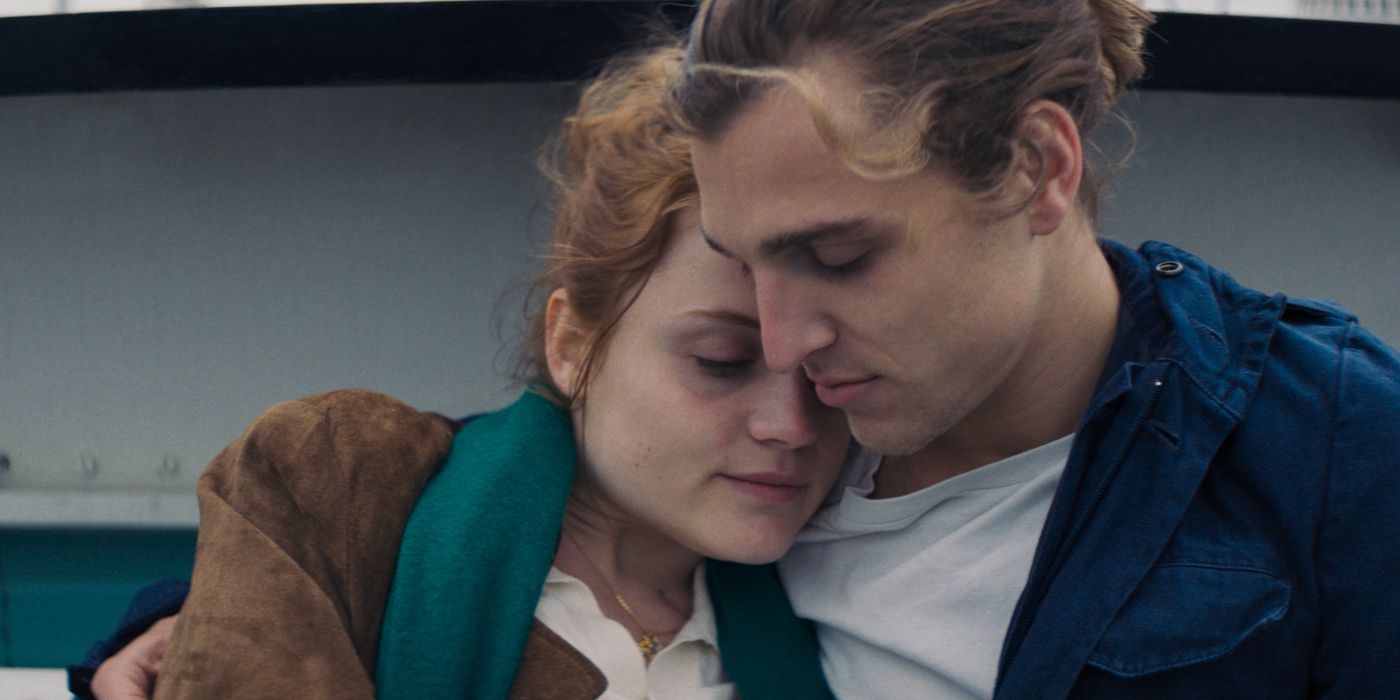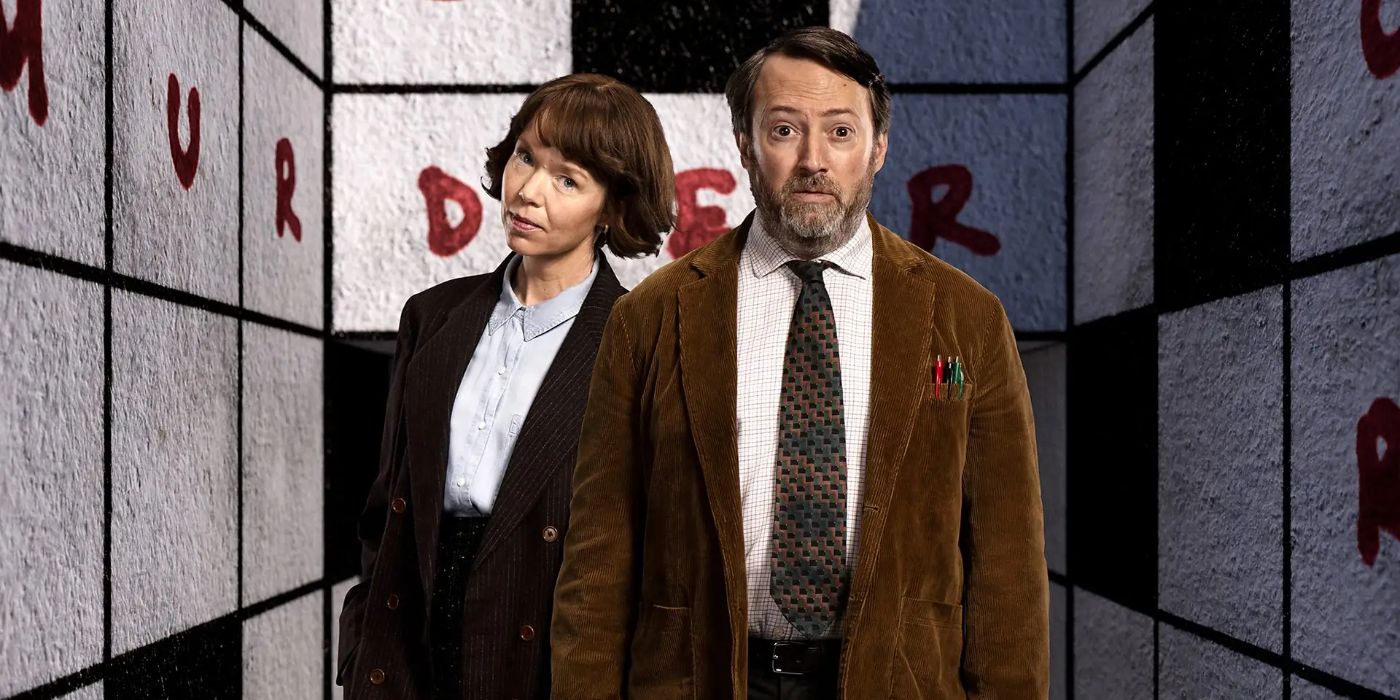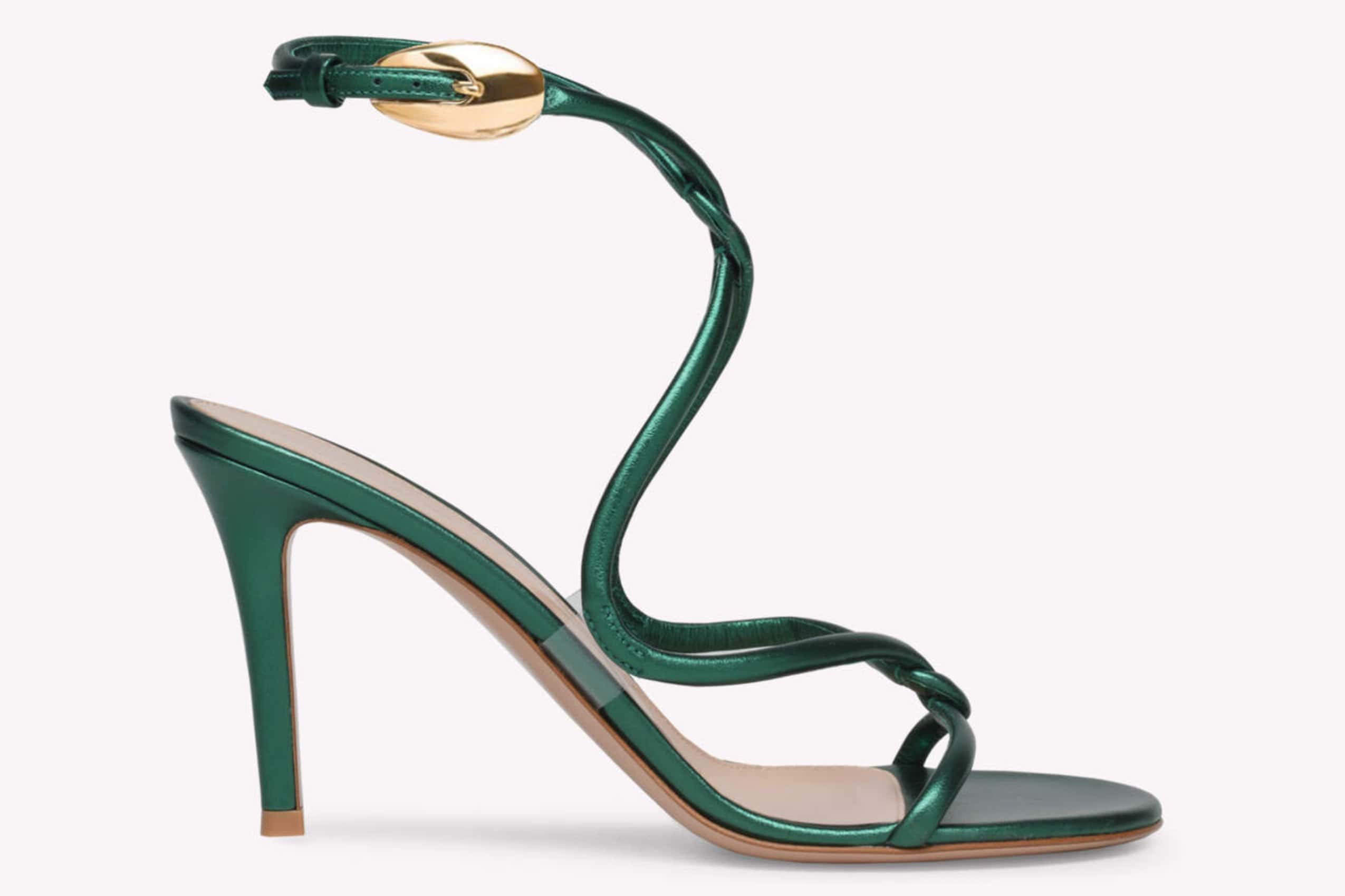“Mr. Schmidt,” she recalls his name, though quizzically. A couple minutes later, eureka: “No, it was Mr. Schultz!” We went flipping through her high school yearbook—the one I desecrated as a child by scrawling the word MOM across my mother’s senior class photo—looking for a picture of Mr. Schultz, but to no avail. He only exists in her memory now. Aptly for something recalled with such haziness, the course was taught in the basement; she remembers walking through cement corridors with exposed pipes. Nevertheless, it opened up a new world for her—and, decades later, for me.
Without even knowing she was doing it, Leslie would pass on to me a seriousness of intent, a tacit instruction to look at a film as more than just a couple hours of story-driven entertainment. One forgets how resistant many people are to this idea in our culture, in which a movie is most often talked about
in terms of box-office performance, like a gleaming product off the assembly line destined to either “work” or not, like a toaster. Under her influence, I remember trying to look deeper into movies at an early age. I remember chastising other kids in kindergarten when they called Walt Disney’s Fantasia “boring” because it “had no story.” I’m sure I was wildly irritating. I remember when she sat me down to watch 2001: A Space Odyssey on VHS at age seven it was with the understanding that I would be witnessing art. Despite what I would now call an unreasonably small screen on which to watch Stanley Kubrick’s mind- and eye-expanding masterpiece, I was swept away and deeply moved. When the film ended, when the Star Child’s expectant, impassive face filled up the screen, waiting to return to Earth for some unknown but clearly important reason, my eyes welled up with tears. Tears at the sheer power of art to move something inside you, something you can’t touch or explain.
Movies themselves thus had a maternal air cast over them. This could not, of course, produce a full alchemy in which the masculinist film historical narratives we all grew up with—in which men became heroes of mythic proportion and women were supportive at best, subservient and abused at worst—were somehow reversed. But for this gay kid growing up in suburban Massachusetts, it allowed movies to be a wondrous, warm, feminine space in which I could glean an emotional understanding of the world. Throughout my childhood, before I struck out on my own as a rabid cinephile, I wanted to see everything she had seen. I would open the hardcover Oscar book she got me as a Hanukkah present at age eight, go page by page and quiz her on all the classic films listed—not just obvious ones like Casablanca and An American in Paris, but movies with more exotic, enticing titles: Leave Her to Heaven, The Valley of Decision, Johnny Belinda, The Snake Pit, Splendor in the Grass, La Dolce Vita, Love with the Proper Stranger, The Prime of Miss Jean Brodie, The Garden of the Finzi-Continis, Days of Heaven. Perhaps one day I would actually see these movies, but for now it was enough that she had. An entire history was slowly coming into focus.
You can view the original article HERE.
